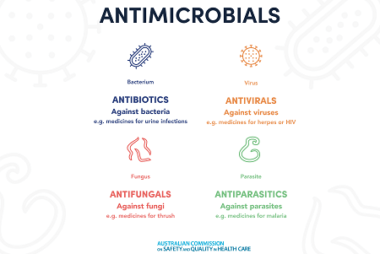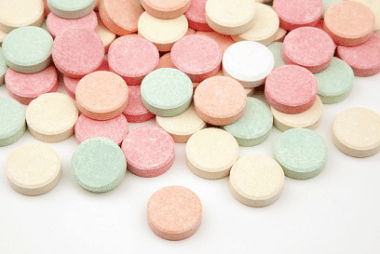Antimicrobials
Antimicrobials are substances that are used to prevent or treat infections caused by microorganisms such as bacteria, viruses, fungi, and parasites. They are often referred to as antibiotics, but this term specifically refers to substances that kill or inhibit the growth of bacteria. Antimicrobials can be classified based on their mode of action, which includes:…









